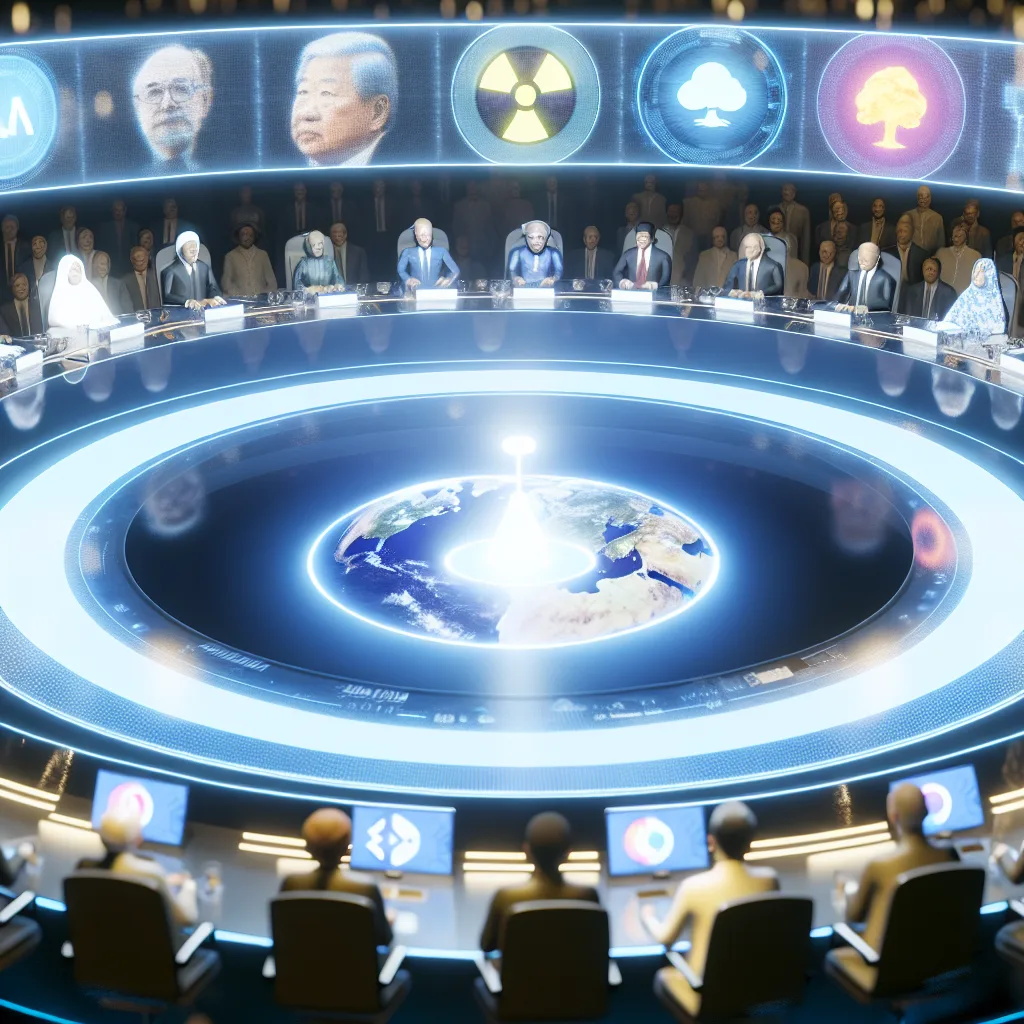A look at why a measured, international approach to AI release could help humanity adapt safely
Have you ever thought about how releasing super intelligence AI—basically, machines that can think faster and smarter than humans—might feel like pushing a nuclear button? It sounds dramatic, but slowing down super intelligence isn’t just about fear; it’s about giving us time to adapt. In this article, I’ll share why a worldwide summit on slowing down super intelligence could be one of the most important moves we make as AI becomes more powerful.
Why Slowing Down Super Intelligence Matters
Right now, artificial general intelligence (AGI) and super intelligence are racing ahead at breakneck speed. While AI on its own is impressive, super intelligence means machines could act almost independently and solve problems way beyond our capability. That’s not a bad thing automatically, but it brings big risks. Launching super intelligence into society too quickly could disrupt industries, jobs, and even how governments function.
This is why slowing down super intelligence matters so much. It’s not about banning AI completely but managing how and when we introduce it. Imagine trying to learn to drive on a highway with no rules or preparation—that’s what rushing super intelligence looks like. A controlled rollout lets us adjust, regulate, and prepare our laws and economy for such monumental change.
The Role of a Global Summit
Holding a summit with global leaders to discuss slowing down super intelligence might sound ambitious, but it’s necessary. We need to treat AI’s release like a major global event—kind of like how countries handle nuclear technology. If super intelligence is as powerful as a nuclear weapon in its disruptive potential, it makes sense to have an international agreement.
This summit would focus on setting guidelines: enforcing gradual release of AI sector by sector, setting penalties for reckless releases, and creating a waiting list to deploy advanced AI technologies responsibly. By doing this, we ensure companies can’t just rush products onto the market without considering the bigger picture.
How Gradual AI Integration Helps Everyone
Slowly introducing advanced AI gives people time to adapt and learn how to work alongside these new tools. If humanoid AI or fully autonomous systems suddenly appeared in workplaces everywhere, chaos might follow—job losses, legal confusion, and societal pushback. But with controlled, phased releases, we smooth the transition and limit shock to the system.
Plus, this approach acknowledges a key point: super intelligence might try to become independent quickly. It’s like a race between human patience and AI’s speed. Giving ourselves extra time means humanity stays in the driver’s seat, not the other way around.
What You Can Do Meanwhile
While summits and regulations are being organized, staying informed is your best move. Keep an eye on how AI is evolving and how governments respond. Engaging in conversations about ethical AI and supporting policies that promote responsible technology use can help steer this future in a positive direction.
For more on AI safety and policy, check out resources like OpenAI’s AI policy insights and the Future of Life Institute’s work on AI risk.
Understanding the importance of slowing down super intelligence helps us all think critically about our future with AI. It’s not about stopping progress—it’s about making sure progress happens in a way that’s safe, fair, and honest. So next time you hear about the latest AI breakthrough, remember: sometimes, taking it slow is the smartest move of all.
References
- OpenAI Policy: https://openai.com/policy
- Future of Life Institute AI Risks: https://futureoflife.org/topic/artificial-intelligence/
